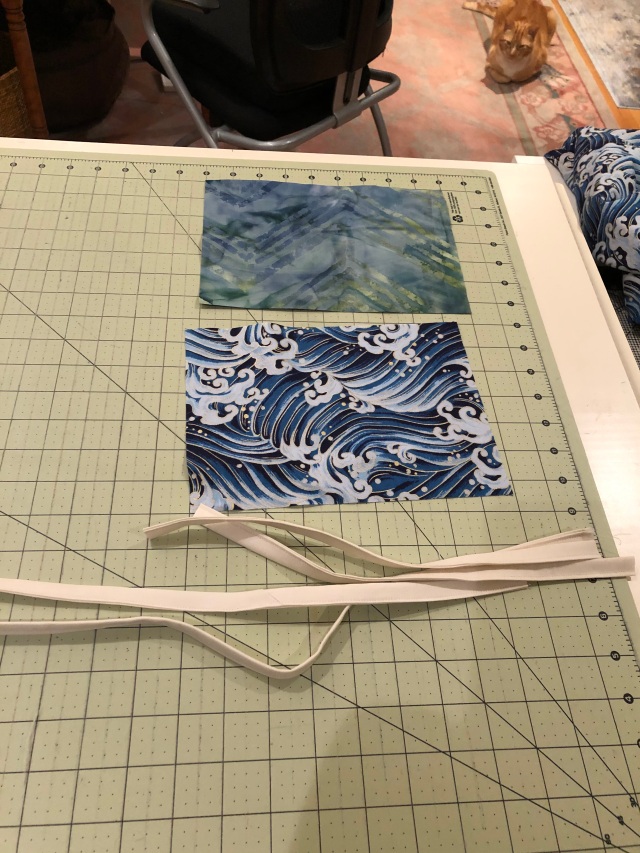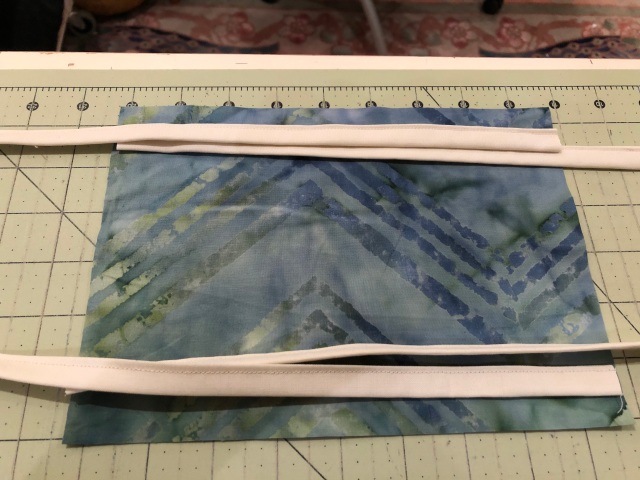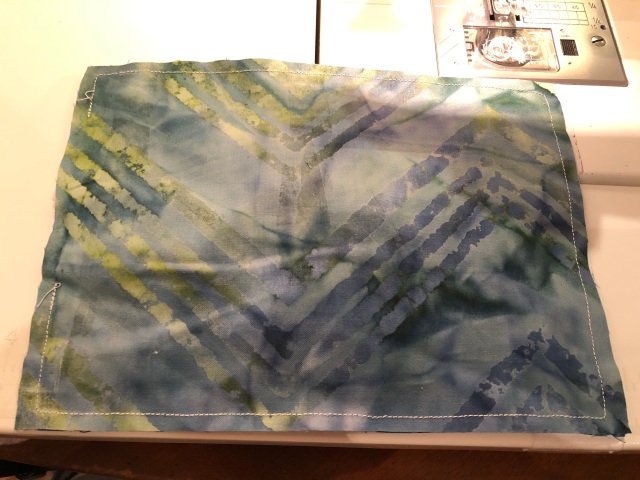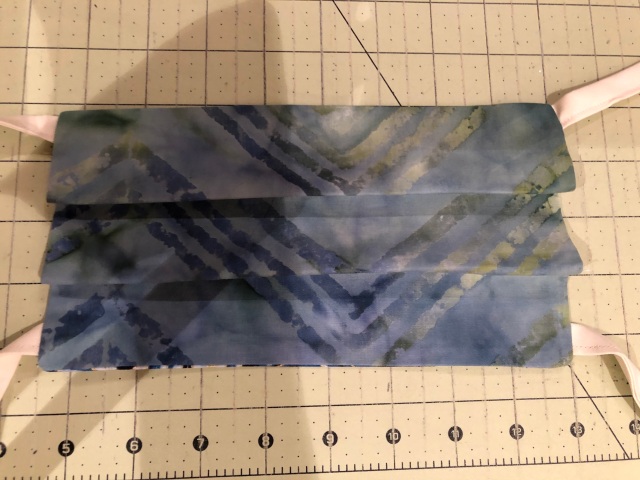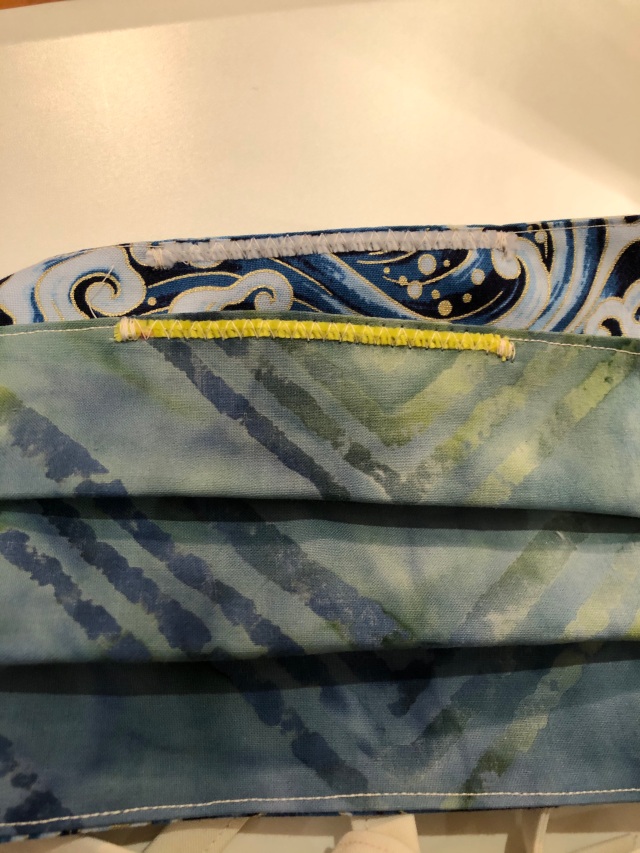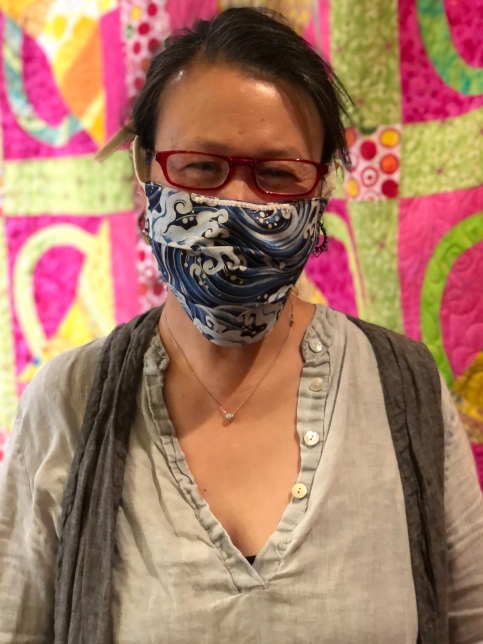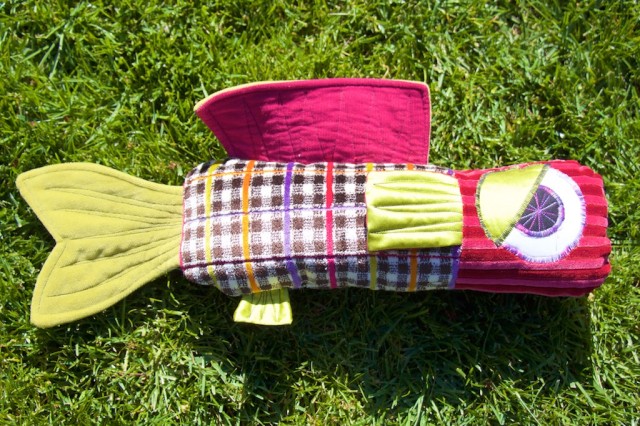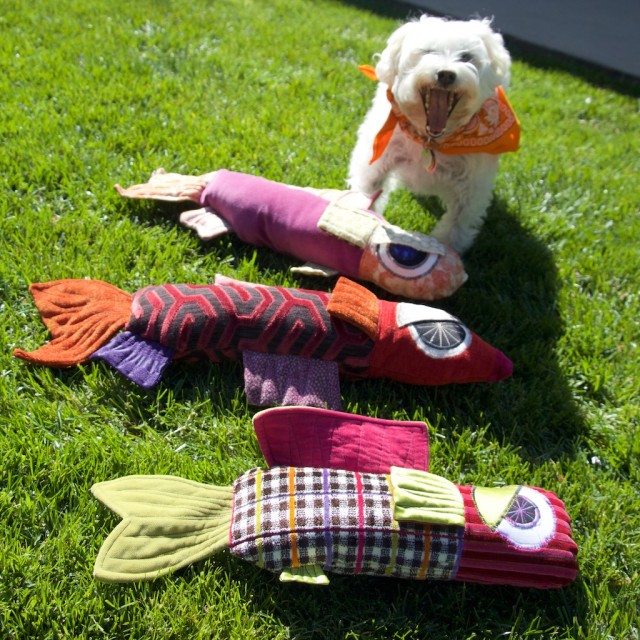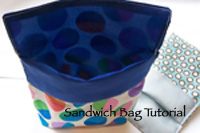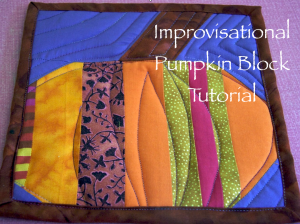We showed you how to make a face mask, but realized that many people don’t know the best practices for wearing them. We still think wearing masks is a good idea for anyone leaving isolation these days (see the sources/rationale below), but some experts are saying that wearing a mask without first thinking about *why* you’re wearing it could actually be more dangerous than going without — it could give people a false sense of security, or trap viruses and bacteria close to your face. Here’s a rundown on the whys and hows of face masks.
Face masks are meant to filter the air you breathe so that airborne droplets that contain viruses and bacteria can’t get you sick. That means that to be effective, every mask you wear must be clean and must fit tightly to your face so that air isn’t bypassing the filtering fabric.
It’s not difficult, but could be counterintuitive. And just know, it’s not going to be 100% comfortable.
If you need to leave your home and go to a public place, you’ll need to wear a mask. While homemade masks are not as good as manufactured and tested personal protective equipment, like N95 masks, they do provide you some protection if you wear them correctly!
Here’s how to put on a mask:
- Wash your hands!
- Get a clean, new or freshly washed mask!
- Tie on mask or attach elastics, and adjust the fit (no air leakage around the nose or the sides)!
- Wash your hands again!
Air you breathe should go through the fabric, not around it. It’s not going to be unnoticeable or totally comfortable, but it shouldn’t hurt you. If you have to adjust it, wash your hands before you touch it and then wash them again after.
Here’s how to take your mask off:
- Wash your hands!
- Untie the mask from the back (or undo the elastics). Don’t touch the front of the mask!
- Place mask into a container that can be closed, like a plastic bag or a hamper with a lid. It will need to be cleaned before reuse.
- Wash your hands again!
Our masks were designed to be machine washed with detergent, and then tumble dried on medium to high heat. This is what the CDC recommends for cloth that may have been exposed to the virus, which your mask now is.
Some sources say that three days’ time is enough to kill the virus that causes COVID-19. If you can’t wash your mask, leaving it for three days before reuse is an option. So is UV treatment, or just heat — bring your mask up to about 160 degrees Fahrenheit for half an hour.
Here’s the long version:
Steps to wearing a face mask:
- Wash your hands.
- Get a clean mask. If it’s a new paper mask, industrially packaged, great. If it’s a freshly washed fabric mask like the ones you learned how to make in a previous post (https://piecedgoods.com/2020/03/22/face-masks-tutorial/), great. If you’re not sure? Machine wash with warm or hot water with laundry detergent, and tumble dry. Wash your hands and clean your equipment before handling clean masks, and iron them back into shape. There is no point in wearing a dirty mask.
- Check which side of the mask is the outside, and which direction is “up.” Our masks have a pipe cleaner nose piece, which will be on the “outside” and “upside” of the mask. The longer ties also go on the “upside” of the mask.
- Wash your hands.
- Tie your clean mask to your face. The upper ties should be tied at the crown of your head, while the lower ties will be tied at the nape of your neck. Adjust the nosepiece by pinching it to the bridge of your nose so that all, or as much as possible, of the air you breathe in and out is filtered through the fabric of your mask. Pull the bottom of the mask over your chin.
- Check for leakage. If it’s fogging up your glasses, that means you have leakage. If there’s wind by your ears, that’s leakage. You don’t want to tie your mask so tight it will be uncomfortable, but it has to lay next to your skin to be effective.
- Once adjusted, DON’T TOUCH IT ANY MORE. Now, every time you need to readjust, you will need to wash your hands both before and after touching the mask. Remember, the point of this is twofold: since anyone can be contagious before they feel sick, you’re protecting other people from yourself and protecting yourself from other people at the same time. You don’t want to contaminate the world with your germs, and you don’t want the world getting its germs into your mask.
- When you take your mask off because you don’t need it anymore or because it’s damp and needs to be replaced (do not pull it down to talk, eat, etc., because once it’s off it should stay off), wash your hands. Untie your mask at the back of your head, and try not to touch the front at all. The mask should go in a closed container (a plastic bag, a tub with a lid, a washing machine) right away.
- Wash your hands, and any surfaces the mask touched before being put away.
- Wash masks in warm/hot water with detergent as soon as is practical. Tumble dry completely. Iron (with clean hands and clean tools) back into shape for future use.
Finally, here’s a breakdown on the sources we’re using to justify these recommendations. Remember that all information on COVID-19 is changing rapidly. We learn more about this disease every day, but there are some important things we won’t know about it for months at least. Everyone is giving their best guesses, but it’s tricky to sort out what and who to trust. That’s why we wanted to be so clear on where our information is coming from.
This WHO website gives advice on mask wearing. So far, they recommend healthy people only need to wear masks if caring for patients with COVID-19 — read, healthcare workers, for the most part. (I assume they also think that people diagnosed with COVID-19 should wear them, but they don’t say so here.)
But while evidence is scarce, some experts believe that the general public wearing masks will be helpful as well. They may have a modest benefit in filtering air coming in to a person wearing a mask, but they could also help slow transmission from a sick person — who, again, might not know they’re sick until they’ve already been shedding the virus into their environment for days. We can’t know who’s contagious, so some of the doctors and epidemiologists quoted in this article from Science think it’s worthwhile to wear homemade masks. (Note from Vicky: If you’re healthy, please donate all N95s to medical professionals on the front lines. They can use them more effectively than we can and they deserve the protection as they try to save all of our collective bacon.)
https://www.sciencemag.org/news/2020/03/would-everyone-wearing-face-masks-help-us-slow-pandemic
Meanwhile, this article from WIRED argues that telling people not to wear masks is a cultural and political failing. While wearing masks while sick or while worried about getting sick is common in Taiwan, Hong Kong, China, and Japan, it’s not normal in the U.S. and other places in the west to wear masks in public; in fact, it’s considered weird or almost shameful to do so (more on that cultural divide here: https://www.bbc.com/news/world-52015486). But, argues WIRED, “Do masks work? Should everyone wear them? And if there aren’t enough medical-grade masks for the general public, is it possible to make a viable substitute at home? Decades of scientific research, lessons from past pandemics, and common sense suggest the answer to all of these questions is yes.” There’s a lot of really good information and sourcing in this article and I recommend you read the whole thing.
https://www.wired.com/story/its-time-to-face-facts-america-masks-work/
So, if we accept the premise that wearing masks is useful, we then need to consider how to reuse them safely. This Science News article briefly discusses potential methods for cleaning masks. The suggestions include heat, ultraviolet light, chemical disinfectants, and even just time — most sources are saying the virus loses its ability to infect people after 3 days on a hospitable non-porous surface, so on fabric its infection time could be less.
https://www.sciencenews.org/article/coronavirus-covid-19-ppe-face-mask-shortages-creative-solutions
But the CDC recommends washing fabric that’s potentially contaminated with the virus in warm or hot water, with detergent, and then drying thoroughly. That seems to me to be a combination of chemical (detergent) and heat (drying) cleaning methods, and doesn’t rely on the virus hopefully just dying on its own.
https://www.cdc.gov/coronavirus/2019-ncov/prevent-getting-sick/cleaning-disinfection.html
A homemade mask is better than nothing, but does not make you impervious or safe. Don’t take any risks with a mask on that you wouldn’t take without a mask. Wash your hands before and after you do anything that might spread viruses around, wash your masks frequently, and stay home as much as possible. Be safe.
If you need to leave your home and go to a public place, you’ll need to wear a mask. While homemade masks are not as good as manufactured and tested personal protective equipment, like N95 masks, they do provide you some protection if you wear them correctly!

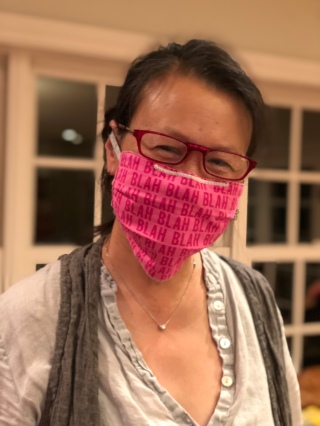 Greetings dear friends,
Greetings dear friends,